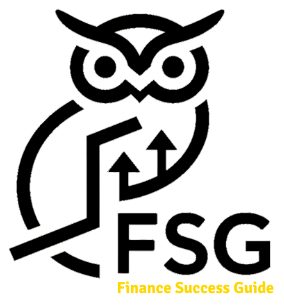Teaching children about money and finances is an important aspect of their education, and it can also be a lot of fun! There are many creative ways to engage kids in learning about financial literacy, and it’s never too early to start. Here are some enjoyable and instructive activities that will set your children on the path to becoming money-wise individuals.
One of the simplest ways to introduce youngsters to the idea of money management is by playing shop. Set up a mini-market at home with items from your pantry or toy box. Give your children some play money and encourage them to go shopping. They’ll learn about choosing items, paying for them, and receiving change. This activity can be made more advanced by introducing the concept of taxes, discounts, and budgeting. You can even create a fun twist by incorporating a “sale” or allowing your children to “earn” money through chores to spend at the store.
Another great game to teach financial literacy is called “Money Memory.” Design your own memory game by writing different monetary values on index cards and placing them face down on a table. Take turns flipping over two cards at a time, trying to find matching amounts. When a match is found, the player keeps the cards and earns that amount of money. The player with the most money at the end wins. This game not only improves memory skills but also helps children recognize different denominations and practice basic addition.
Involve your kids in real-life financial decision-making by giving them a say in family purchases. When planning a vacation, for example, engage them in discussions about budgeting for accommodation, transportation, meals, and entertainment. They can research prices, compare options, and understand the impact of their choices on the overall budget. This teaches them the value of money, prioritization, and compromise. It also empowers them to make informed decisions and appreciate that finances are a crucial aspect of achieving their goals and aspirations.
These activities are a great start to building a strong foundation for financial literacy, but there are plenty more ways to continue their financial education journey. Encouraging kids to earn and manage their own money through allowances or entrepreneurial ventures, such as lemonade stands, is a fantastic way to reinforce these lessons and build their confidence. Remember to always keep the activities age-appropriate, relevant, and, most importantly, enjoyable for the best learning outcomes!
Money management is a life skill that will benefit children as they grow into adults, so it’s important to start early and make it a positive part of their education. These fun activities will set them on the right path and hopefully foster a lifelong interest in financial responsibility and literacy. As a parent or guardian, you can also lead by example by sharing your own financial experiences and demonstrating good money habits in your daily life. This two-pronged approach will surely set your children up for financial success!
Continue building their financial knowledge by teaching them about saving and investing. You can do this by setting savings goals together and opening a savings account in their name. Explain the concept of interest and how their money can grow over time. Alternatively, you can introduce the idea of investing by planting a garden or simulating a stock market game. These tangible examples will help them grasp the sometimes complicated world of investing and encourage them to think about ways to make their money work for them. The earlier they learn these valuable lessons, the brighter their financial future looks!
Lastly, one of the most important lessons for children to learn about money is the value of giving and sharing with others. Teach them about charity and donating to those in need by involving them in choosing a cause that’s important to them. Whether it’s a local animal shelter or a global humanitarian effort, let them research and understand the impact of their donations. This activity not only reinforces financial literacy but also builds empathy and a sense of social responsibility. It’s a wonderful way to combine education and compassion, fostering well-rounded citizens who care about their community and the world at large.

